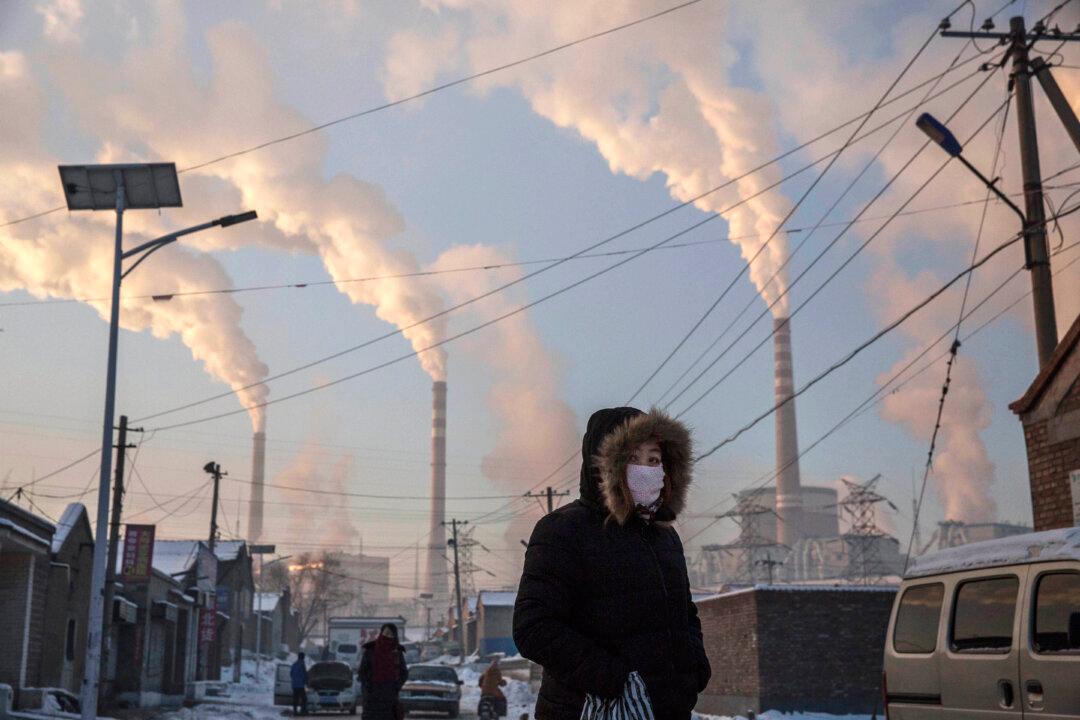Torrential rain that lasted for almost five days straight has forced China’s coal hub to close 60 coal mines, piling further pressure on the country already grappling with a power crunch.
The downpower that struck 11 cities in northern China’s Shanxi Province has triggered flooding and landslides, destroying railway lines and bridges, and causing fatalities. The provincial weather agency said on Oct. 10 that showers will continue the next 10 days.




